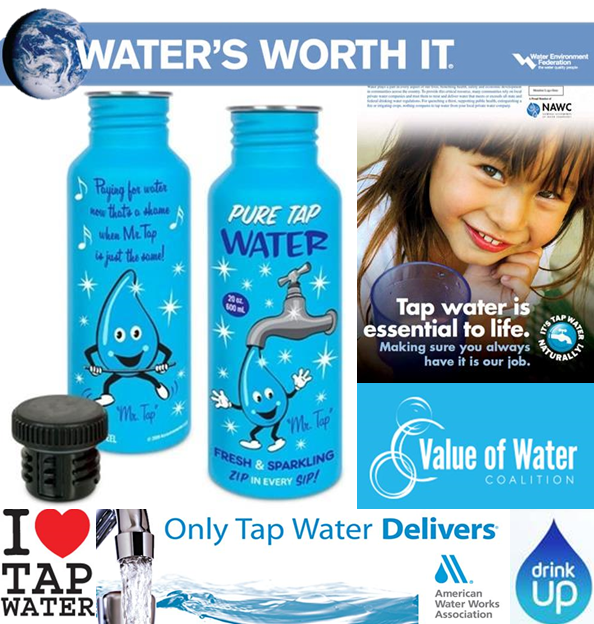Mary Tiger is the Chief Operating Officer of the Environmental Finance Center at University of North Carolina at Chapel Hill.
The water industry, just like any other, suffers from a variety of financial constraints and challenges. Over the last decade the water industry has endured myriad challenges that impact the most common business models, including a decrease in water demand, economic recession, increasing need for infrastructure replacement, growing stakeholder involvement and concerns, and extreme weather impacts. And while these issues are a concern for many, there is no universal list that encompasses the suite of financial issues each utility faces, and subsequently, there is no single “silver bullet” strategy for revenue resiliency. There are, however, many lessons that can be learned in assessing how well a water utility’s business model has endured over the last decades and in investigating how those in the industry (and beyond) are thriving despite hardship. And that is just what the Environmental Finance Center, in partnership with Raftelis Financial Consultants, has been doing on behalf of the Water Research Foundation.







